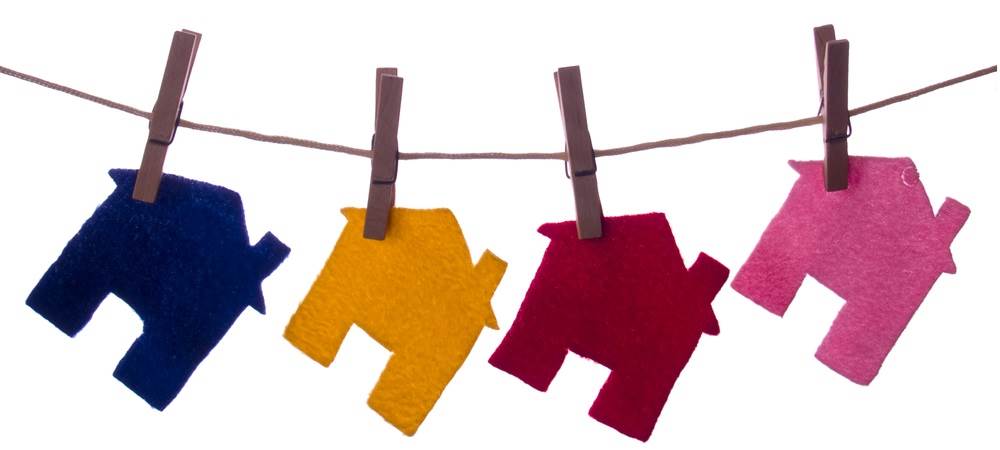
Is the cost of LBTT blocking progress up the property ladder?
Is the introduction of Land and Buildings Transaction Tax (LBTT) stopping people from moving up the property ladder? That’s what Homes for Scotland suggested in a report.
The trade body made the claim in response to a call for evidence from the Scottish Parliament finance committee.
Homes for Scotland suggested that the move from Stamp Duty to LBTT could be putting people off from moving to properties in the middle and upper levels of the market, as the tax rate is higher.
Under LBTT, those buying less expensive properties fare better until £330,000, when it begins to get more costly – as can be seen from the table below.

Homes for Scotland pointed out that for properties between £330,000 and £750,000, the marginal rate will be 10 per cent – which they note is a stark contrast to the position south of the border where that rate only becomes effective on purchases over £925,000.
Director of policy at Homes for Scotland, Karen Campbell said that this could put an additional burden on people, with some choosing not to move as they find the cost too high.
She added that there could be a “disproportionate effect in regions such as Aberdeen, Aberdeenshire and Edinburgh where the average family home commonly exceeds £325,000.”
The suggestion put forward is that the current five per cent band be extended up to the price ceiling of £925,000, making it the same rate as England.
But is this really required?
As you can tell from a look at our real time information infographic, the majority of properties for sale on the ASPC website are in the £50,000 to £300,000 bracket.
In fact, in general, we have found that over 80% are better off under LBTT than they are under Stamp Duty, using data from the last two years.
Therefore, it seems that the current system does seem more favourable for a majority – at the moment.
Perhaps this is a bigger issue, which we should comment on again in a few years’ time, when the dust has settled. If at that point, we see more people clustered around the £330,000 mark, with fewer on a higher rate, there may be a case for change. Meantime, experience gained in the market does tend to indicate that the mid - higher value properties are experiencing something of a negative effect, but, experience also shows that higher taxes become a fact of life and normal activity slowly resumes.

